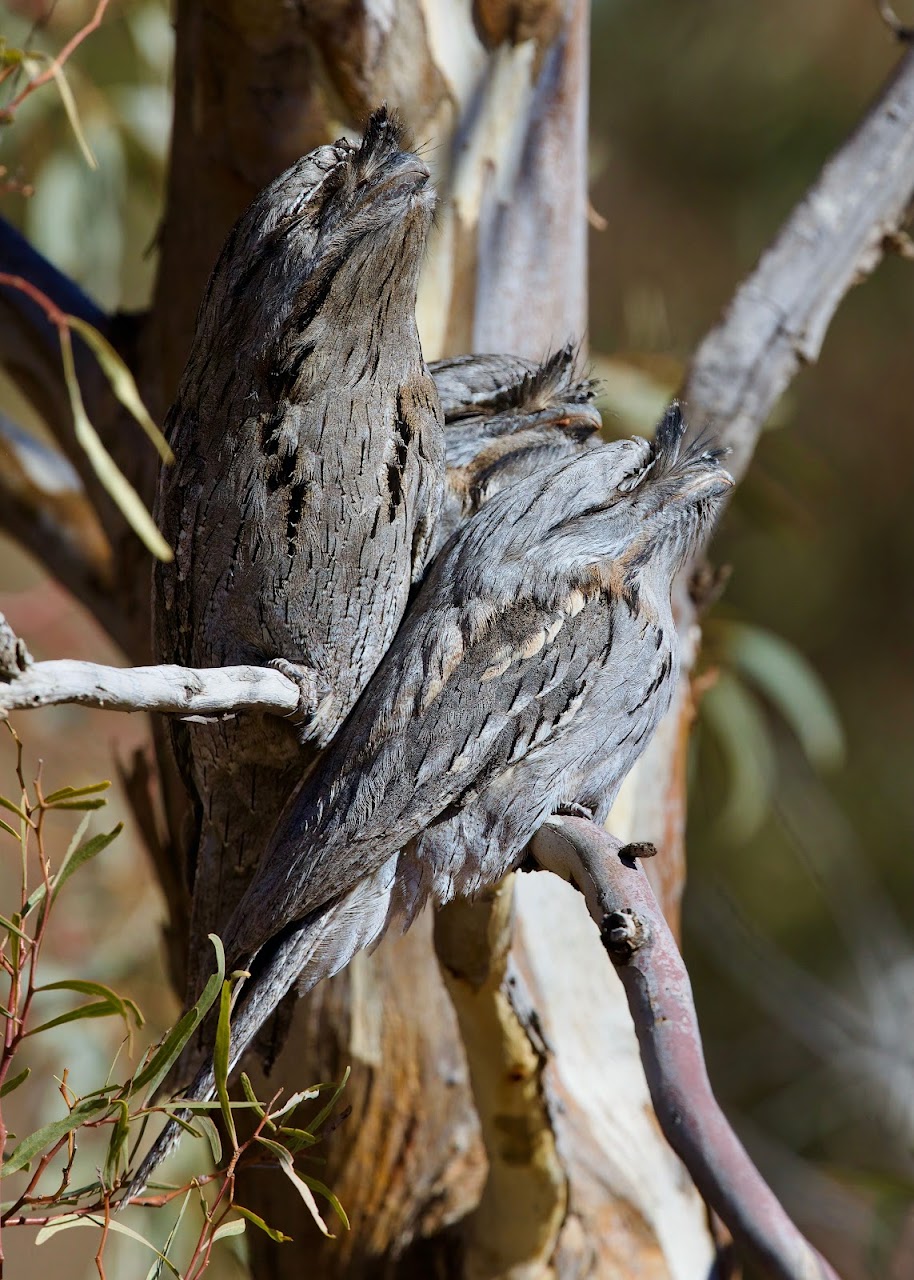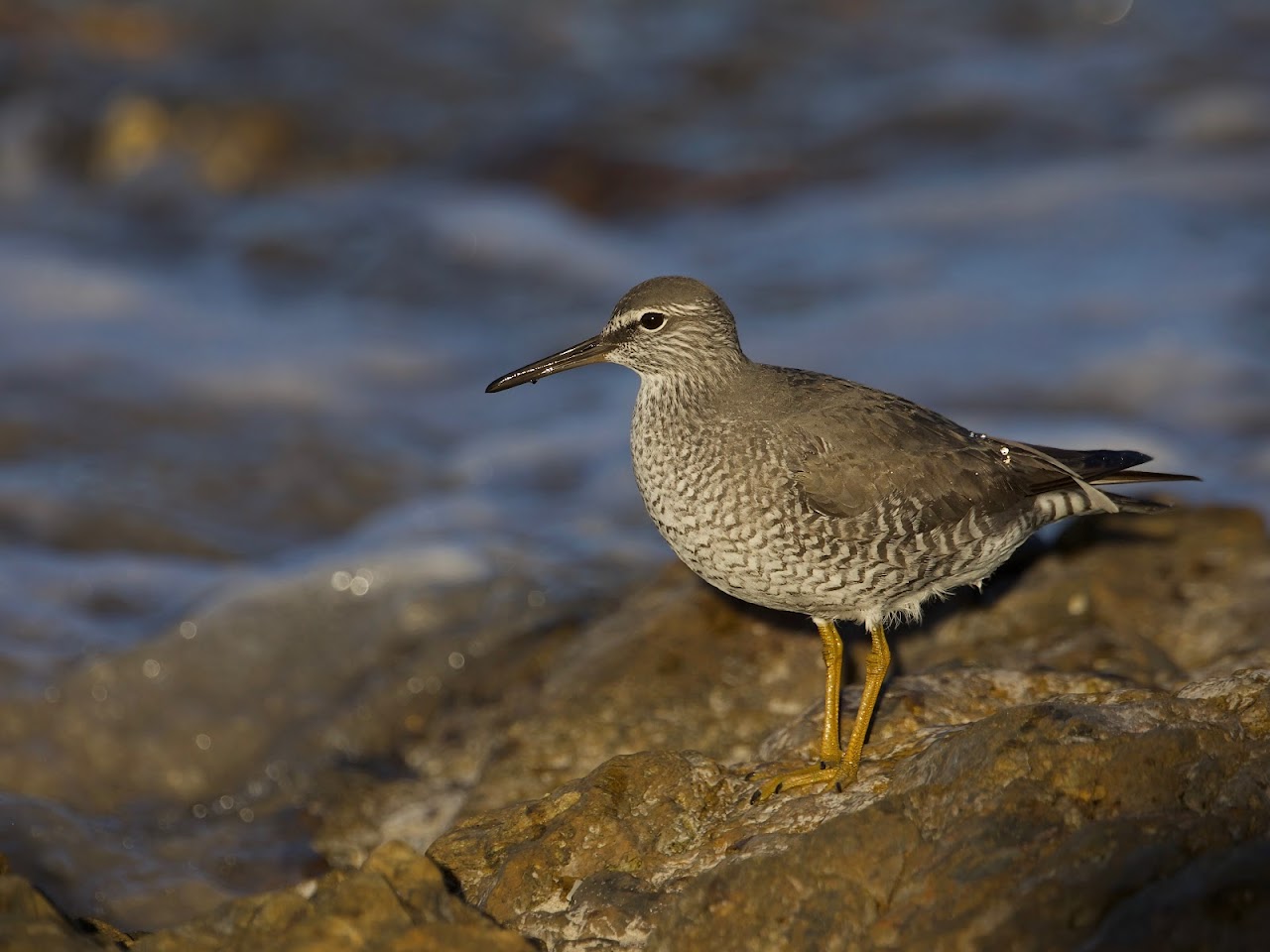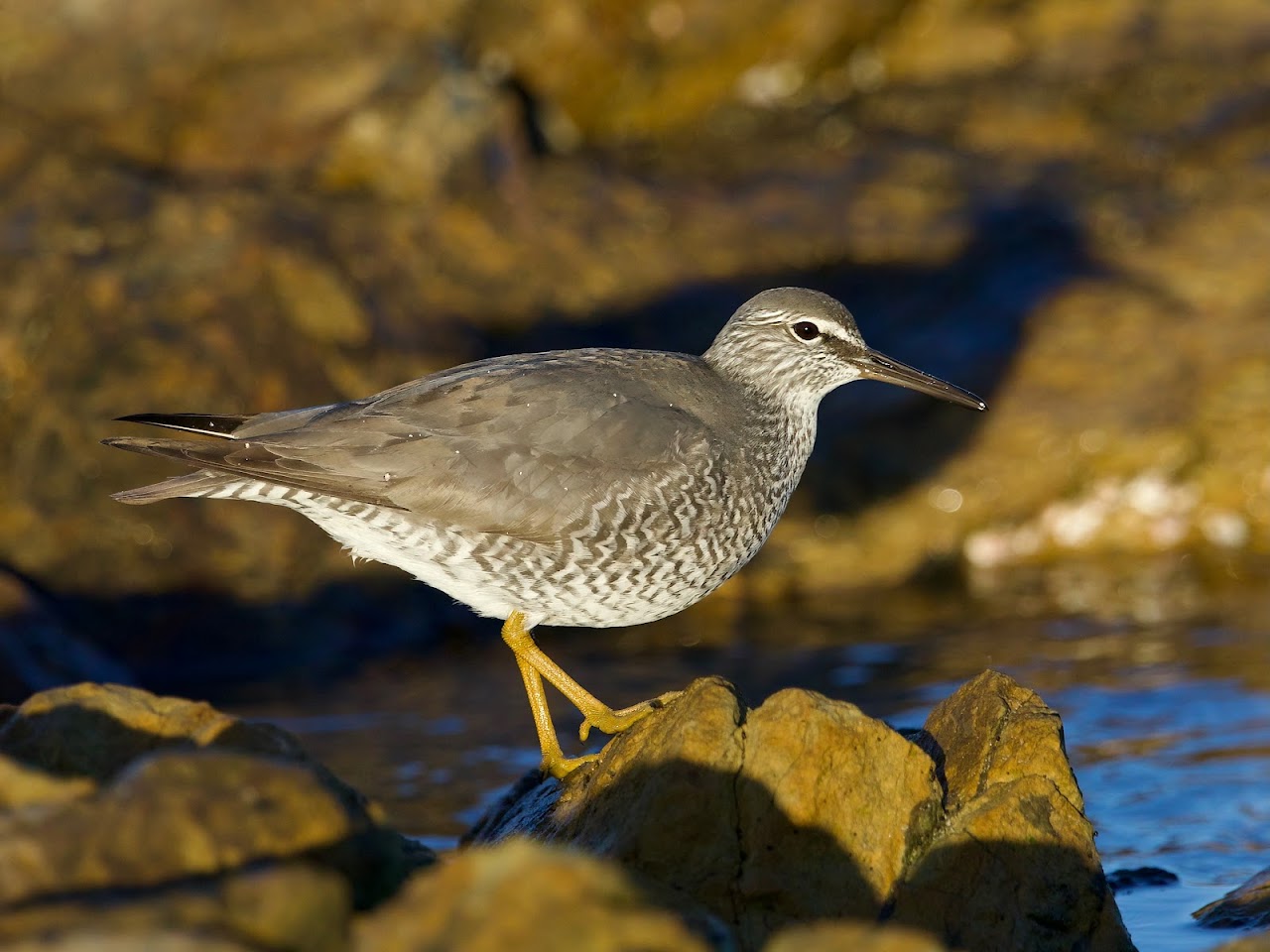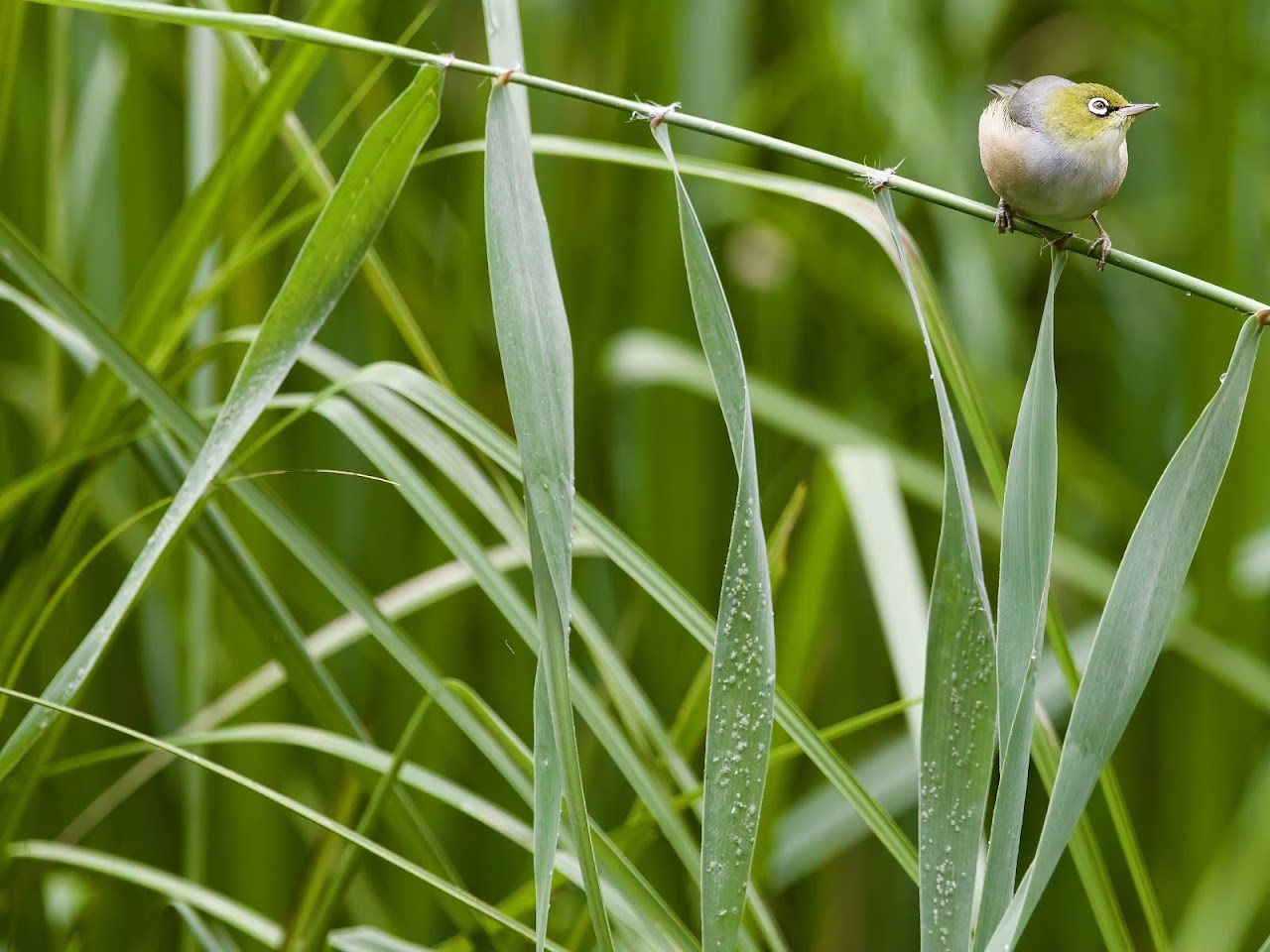The Bush Stone-curlew is a large, unusual, endemic, nocturnal, ground dwelling shorebird/wader that is mostly heard when making its eerie wailing calls at night. By day it loafs and sleeps, usually in the shade of a tree, alone, in pairs, or after the breeding season, in small flocks, using its cryptic plumage as camouflage which can make them hard to find. Being ground dwelling they are particularly vulnerable to fox and cat predation.
With a wide distribution across mainland Australia they prefer open woodland and forest near watercourses and wetlands and perhaps somewhat surprisingly they can be found in urban and semi urban areas, especially on the margins, though I have even found them on nature strips in densely built up areas.
Recently while driving in Byron Bay, roadside temporary signage and a cordoned off area using stakes and plastic tape around a mango tree alerted me to the presence of four Bush Stone-curlews. The following photos were taken of two of the birds as they loafed/slept in the shade of the mango tree. The birds rest/sleep either standing, semi standing with legs bent at right angles at the knees or fully prone as seen in the photos.
NOTE: You can left click on any photo to open a slide show of the photos free of text or a right click enables one photo at a time to be opened in a New Tab where an enlarged version can be viewed.
Being a member of the shorebird/wader family and having very long legs the Bush Stone-curlew must have evolved in watery habitats. However it has gone bush, on an evolutionary time scale, as its name suggests and now lives a terrestrial life. A number of other endemic shorebirds have also done this, for example the Banded Lapwing and Inland Dotterel.



















































